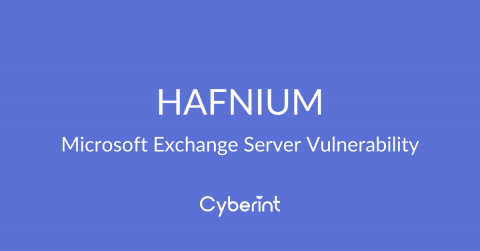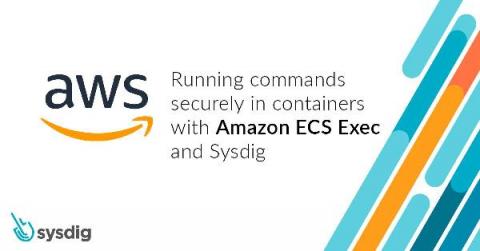Is automated vulnerability scanning the best way to secure smart vehicles?
To those who pay attention to such things, it seems like a new vulnerability in smart car systems is found every week. In 2020, the numbers beat all previous years. The inescapable conclusion is that smart cars are now among the favorite targets of hackers and APT (Advanced Persistent Threat) actors. One of the main reasons for this is the sheer number of different systems that the average connected car contains today.











